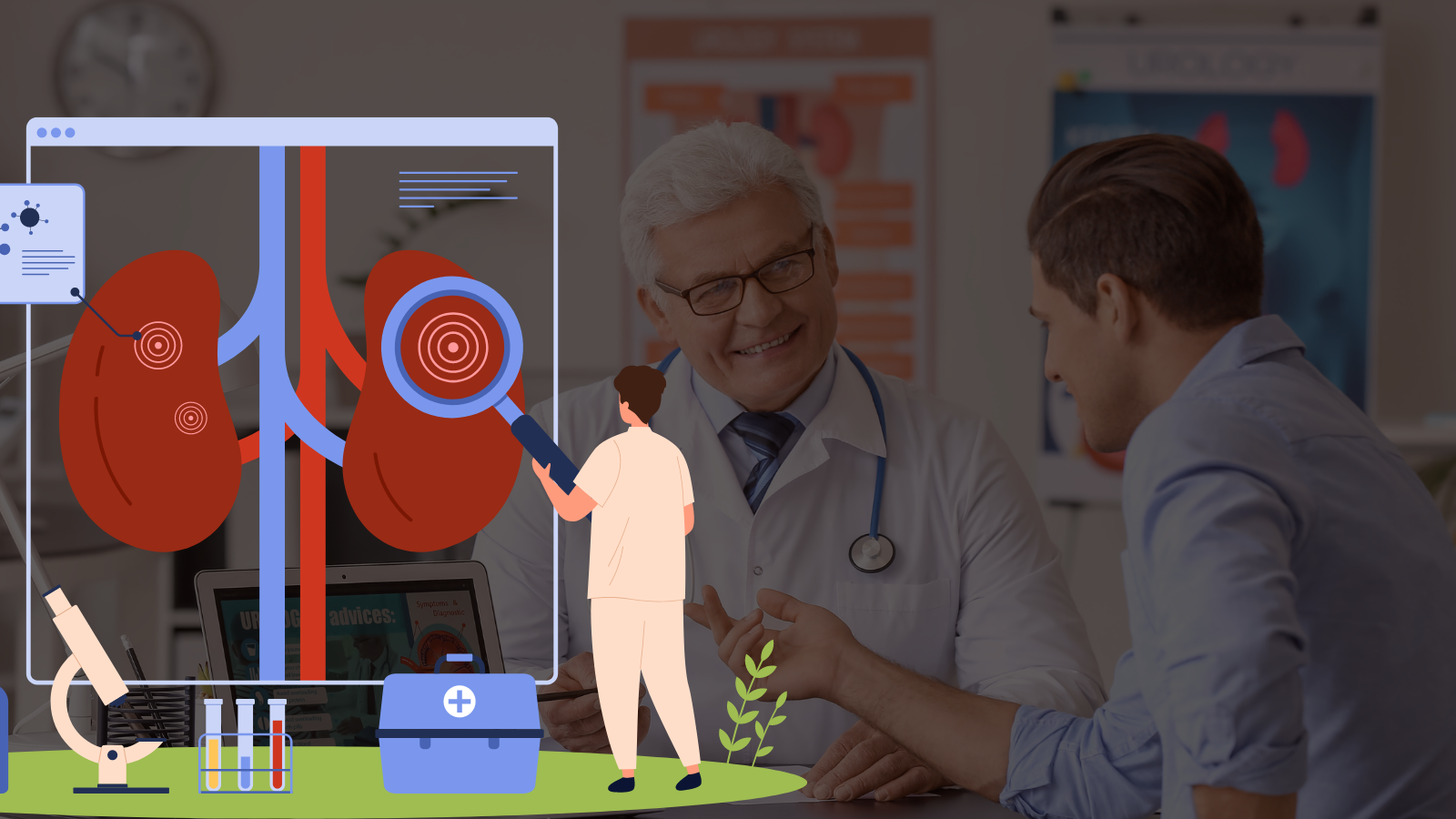Frequent Urination Treatment Clinic in Kolkata
Frequent Urination
Frequent urination is a condition where an individual feels the need to urinate more often than usual—typically more than 7–8 times during the day or waking up more than once at night (nocturia). While the need to urinate frequently can sometimes be due to increased fluid intake or temporary factors like caffeine or alcohol, it can also be a sign of an underlying medical condition. Common causes of frequent urination include urinary tract infections (UTIs), overactive bladder, diabetes, interstitial cystitis, bladder stones, or prostate issues in men. In women, hormonal changes due to pregnancy or menopause may also contribute. Certain medications, especially diuretics, can increase urination as well.

What are the Frequent Urination Procedures
For individuals who do not respond well to lifestyle changes or medications, several advanced procedures are available to treat urinary incontinence. These medical and surgical interventions are designed to restore bladder control, improve quality of life, and reduce the emotional and social burden caused by leakage.

Frequently Asked Questions
Frequent urination is generally defined as needing to urinate more than 7–8 times in 24 hours, especially if it disrupts your daily routine or sleep. If you’re waking up more than once a night to urinate (a condition called nocturia), it may indicate a problem that needs medical attention.
There are many potential causes of frequent urination. These include urinary tract infections (UTIs), diabetes, overactive bladder, interstitial cystitis, enlarged prostate (in men), and hormonal changes (in women). Lifestyle factors such as high fluid intake, alcohol, caffeine, and anxiety can also lead to increased urination.
While it is not always serious, frequent urination can sometimes be a symptom of an underlying health issue like diabetes, kidney problems, or bladder disorders. That’s why it’s important to consult a healthcare provider if the problem is persistent, sudden, or accompanied by symptoms such as pain, burning, blood in urine, or fever.
Diagnosis typically involves a detailed medical history, physical examination, and tests such as a urine analysis, blood sugar test, bladder scan, or ultrasound. Depending on your symptoms, your doctor may recommend additional tests to rule out infections, bladder dysfunction, or prostate issues.
Treatment depends on the underlying cause. Options may include medications to relax the bladder or reduce inflammation, dietary and fluid adjustments, bladder training exercises, pelvic floor therapy, or procedures to address anatomical issues. In some cases, treating the root condition, such as controlling blood sugar in diabetics, significantly reduces symptoms.

